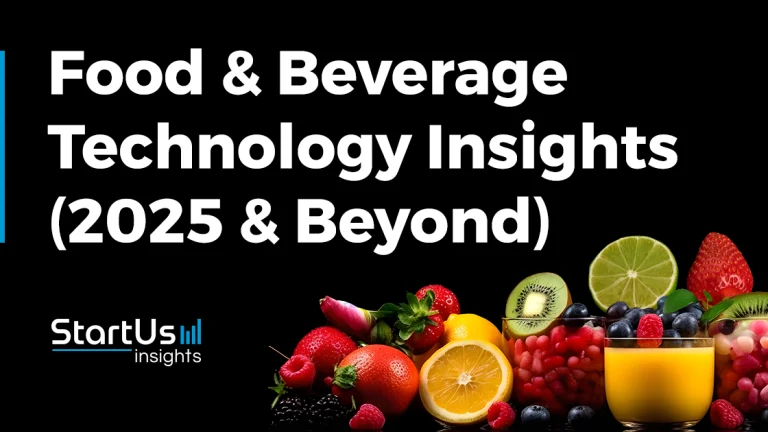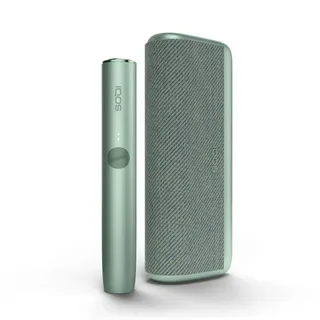Future-Proofing Your F&B Business: Strategic Insights into the Food and Beverage Trend 2025
As we approach 2025, the food and beverage (F&B) industry stands at a pivotal crossroads. The post-pandemic landscape, evolving consumer expectations, and relentless technological advancements are shaping the future of how we produce, package, and distribute food and drinks. For manufacturers, suppliers, and business owners in the B2B space, staying ahead of these trends isn’t just an opportunity—it’s a necessity.
In this article, we’ll explore the food and beverage trend 2025through a strategic lens, offering actionable insights for B2B stakeholders seeking to future-proof their operations. We’ll also highlight key innovations from industry leaders such as Satoria, who are driving transformation across the sector.
1. Functional Ingredients and Wellness-Oriented Products
One of the most significant shifts in consumer behavior is the growing preference for functional foods that support immunity, gut health, mental clarity, and overall well-being. This is no longer a passing trend; it’s an expectation.
For B2B players, this translates into a demand for reliable suppliers who can provide functional ingredients with proven efficacy. Companies like Satoria are at the forefront of this movement, offering nutraceutical-grade ingredients that align with both health trends and manufacturing scalability.
Incorporating such ingredients not only adds value to your product lines but also aligns your brand with consumers’ lifestyle choices—particularly Gen Z and Millennials, who are more likely to scrutinize labels and demand transparency.
2. Sustainability: From Buzzword to Business Strategy
Sustainability has evolved from a marketing slogan into a foundational business strategy. Manufacturers are now being evaluated not just on price and quality, but on their environmental footprint.
Eco-conscious sourcing, waste reduction, and energy-efficient production will be central themes of food and beverage trend 2025. Forward-thinking businesses are already aligning with suppliers who offer sustainable processing options. Satoria, for instance, provides clean-label solutions that help manufacturers meet regulatory requirements while minimizing environmental impact.
This shift is particularly important for global distributors and export-oriented businesses facing increasing pressure from international regulations such as the EU’s Green Deal or FDA’s clean label initiatives.
3. Automation and Smart Manufacturing in F&B
Digital transformation is sweeping through the F&B sector. From AI-driven supply chain optimization to automated quality control, technology is enabling greater efficiency, precision, and traceability.
In 2025, expect a surge in adoption of Industry 4.0 principles within food manufacturing plants. This includes:
- IoT-enabled sensors for real-time equipment monitoring
- Predictive maintenance to reduce downtime
- Data-driven formulation adjustments based on consumer feedback and seasonal demand
These technologies are not limited to multinational corporations. Mid-size manufacturers are also investing in automation to stay competitive. Partnering with suppliers that understand and support digital transformation—like Satoria—ensures smoother integration and long-term operational efficiency.
4. Global Flavors, Local Execution
The global palate is becoming more adventurous. From Korean gochujang to Middle Eastern za’atar, international flavors are influencing mainstream product development. However, successful product localization remains critical.
B2B companies must find suppliers who not only deliver authentic global ingredients but also understand local market preferences and compliance standards. This dual capability will define winners in the innovation race.
It’s also worth noting that “glocalization” goes beyond flavor. It includes packaging design, nutritional formulation, and even storytelling. Manufacturers need partners who can co-develop products that balance global inspiration with local relevance.
5. Supply Chain Resilience and Ingredient Traceability
After COVID-19 exposed the fragility of global supply chains, 2025 will be marked by a renewed focus on resilience. Businesses are rethinking their sourcing strategies, moving towards diversified supplier bases, regional manufacturing hubs, and ingredient traceability.
Blockchain, smart contracts, and traceability platforms will become mainstream tools. Buyers are no longer just purchasing ingredients; they’re investing in reliability, security, and transparency.
Suppliers like Satoria are responding with comprehensive ingredient data sheets, batch-level traceability, and integrated logistics support—factors that make a real difference in maintaining product integrity and operational continuity.
Final Thoughts: Future Belongs to the Adaptive
The future of F&B is dynamic, driven by rapid innovation and shifting market forces. Business owners and manufacturers who adopt a proactive mindset—embracing technological integration, sustainable practices, and consumer-driven product innovation—will not only survive but thrive.
Strategic partnerships with innovation-focused companies like Satoria can help bridge the gap between today’s capabilities and tomorrow’s opportunities. Whether you’re reformulating a legacy product line or launching a new category, understanding the food and beverage trend 2025 is your starting point.
Explore more on how Satoria is shaping the future of F&B manufacturing: Food and Beverage Trends 2025: Key Innovations Shaping the Industry







